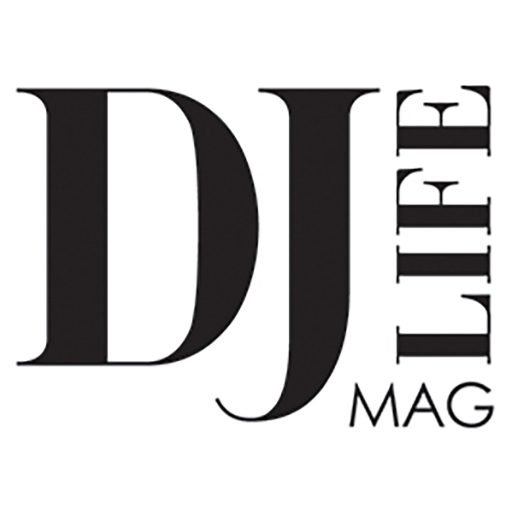The modern DJ & nXt @ DJX ’23 coach has more options than ever — here’s a rundown from “The DJ Coach” by DJ HAPA
As a DJ, there is a constant quest to discover and acquire music and this has remained relatively the same since the 1970s. However, as we know, the media platforms have changed, as we’ve gone from cassette tapes and vinyl records to CDs, MP3s, and other digital files to now streaming services.
At the time of writing this article, we, as DJs, are probably some of the only people in the world who are still downloading actual MP3 and WAV files – and I can’t help but feel a bit like a dinosaur waiting for the meteor to crash into the Earth. Whether you are a brand-new DJ, or a veteran, I wanted to share some different ways that you can add more to your library:
Streaming Services (Beatport, Beatsource, TIDAL, Soundcloud Go+)
I’m an avid Spotify user and that’s my go-to when listening to music at my desk, in the car, on a run, and everything in between, outside of DJing. Several years ago, algoriddim djay had a Spotify integration that allowed us to spin with music from Spotify playlists, but unfortunately, that came to a halt. In my opinion, the next best thing is TIDAL. While I am a fan of Beatport and Beatsource’s offline locker feature, which allows you to be able to play select songs, even when there’s no wi-fi, I still find that TIDAL has the closest selection to my beloved Spotify. My workflow when preparing for a gig is to start to make a playlist inside of Spotify. I check for user-generated playlists that may match what I am looking for and whittle down to tracks that make the cut. I also will use the “Go to Radio” feature when I find a song that I like to see what the algorithm identifies as being similar. Once I have my playlist, I use a third-party program, Soundiiz.com to transfer and sync that Spotify playlist to a TIDAL playlist. Now I essentially have a Spotify playlist inside of my Serato or rekordbox software!
Subscription Service DJ Record Pools (DJCity, BPM Supreme, DMS, Headliner Music Club, ClubKillers, Pitch the Tempo, ZIPDJ, MyMP3Pool, Promo Only, and more)
A majority of the music that I have in my library has come from one of these record pools. The concept of a record pool dates back to the vinyl era when radio DJs and select club DJs would be invited to be members of an exclusive group of jocks that were serviced promo records from major and independent labels looking to get their newest releases spins on air or in heralded clubs. Back then, most labels were only servicing a select number of promos (usually in quantities of 30 since that was the most common quantity of vinyl records in a box) and, in exchange for the free promos, DJs would provide feedback on the tracks and would also pay a nominal monthly fee to help with the administration costs of the pool.
Today, the digital pools don’t have the same limitation of only being able to service 30 DJs, and instead have hundreds or even thousands of members. Many pools still require DJs to apply for membership, pay monthly dues and provide feedback on tracks that they pass on to their contacts from promotional departments at a variety of record labels. The pools also offer curation from their members, extended intros and outros, alternative “unofficial” edits, remixes, and mashups that are great for DJs, produced by fellow DJs. Once you download the MP3s, you own them, even if you no longer are a member of the pool, and you could also create your own re-edits of these tracks as well. In line with the service that record pools provide, most of them offer more of the newer, club-friendly, mainstream tracks with a fraction of the amount of songs you would find on Spotify or any of the other streaming services.
In my opinion, every working DJ should have at least one record-pool subscription with the current state of DJing.
Purchasing Individual Tracks (iTunes, Amazon MP3 Store, Beatport, Traxsource, Bandcamp). About 10-percent of my library is made up of music that I have purchased-per-track from a variety of sources. There are definitely times where I am preparing for a gig and need to have songs that I cannot find on any of the DJ pools, and I can’t risk an unreliable wi-fi connection. In these instances, I opt for purchasing the actual MP3s. I also like to support artists that I like and will purchase albums or singles from Bandcamp or other stores.
Another option that I would highly recommend and encourage any of the DJs or readers out there to revisit is popping into a local record store! I used to own a record store in Los Angeles (R.E.H.A.B. Projects) many years ago and there is just something magical about crouching down on a semi-clean floor and digging through a dollar bin of wax. You can purchase records and record them into your DJ software. You can purchase CDs and burn them into your laptop with an external CD drive (since the computers don’t come with them anymore). There’s actually a decent amount of music that never made it to the digital stores and this is a great way to discover forgotten gems.
In a world where most have access to every song ever made, curation becomes incredibly important. The music that you bring into your DJ software, and then inherently through the speakers onto dancefloors matters. I hope this helps demystify where you can get music, but also challenges all of us as DJs to “dig deeper.”
By: DJ HAPA
Dubbed “The DJ Coach,” HAPA has found a way to blend his 20-plus years of experience as a DJ with his passion for teaching, to deliver informative and digestible concepts in the classroom. He’s also shared stages with artists like Michael Jackson, Bruno Mars and Drake, and spun for clients that include Microsoft, ESPN, and The Grammys.


